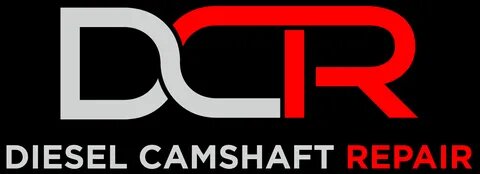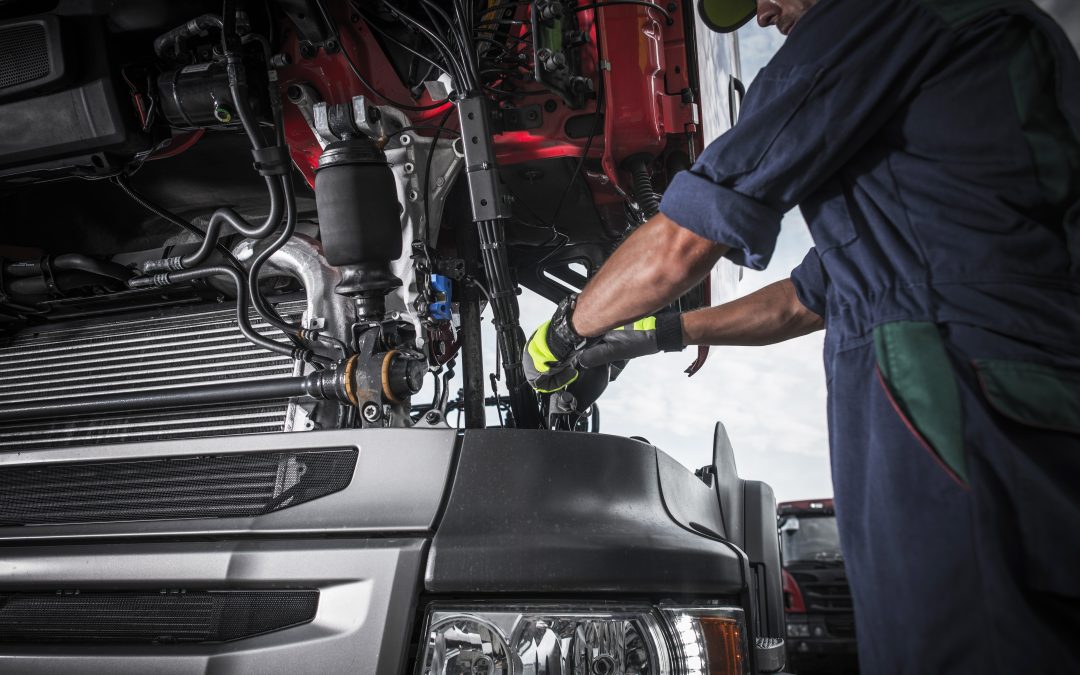Diesel engines, like the Caterpillar C12 and the Cummins X15, represent a significant advancement in technology and engineering. This progression stems from the demand for heightened efficiency, performance, and adherence to emissions standards.
Over time, these engines have been improved to meet the changing needs of industries that use heavy machinery. This change is the result of trying to make better models that meet stricter rules and perform well.
As you read on, you will discover how diesel engines have evolved and the key factors driving their advancement.
Diesel Engine Caterpillar C12 (Introduced in 1999)
The Caterpillar C12 was a versatile mid-sized diesel engine used in heavy-duty trucks, buses, and industrial equipment. Its electronic controls improved fuel efficiency and met emissions standards. Known for its reliable performance and decent power output, the C12 became popular across various applications.
However, as emission rules got stricter, the C12 struggled to keep up while staying competitive. This pushed for advancements in diesel engine tech, focusing on emissions, fuel efficiency, and overall performance.
Successors like the Cummins ISX and X15 became crucial in meeting these demands. The Caterpillar C12 diesel engine had a significant impact on transportation and industry, despite being outdated because of stricter regulations.
Diesel Engine Cummins ISX (Introduced in 1998)
The Cummins ISX series wasn’t the immediate successor to the C12, but it had a major impact on the progress of diesel engines. New technologies like variable geometry turbocharging and exhaust gas recirculation (EGR) were introduced to meet strict emission regulations while maintaining performance.
These innovations marked a significant step in diesel engine development, making the ISX series a leader in the industry.
Known for its strong power and fuel efficiency, it set new standards for performance and economy. This made it a popular choice for many uses, from heavy trucks to industrial machines. The ISX series demonstrated that it is possible to meet emissions standards without compromising performance, revolutionizing the perception of diesel engines.
Its success highlighted the importance of innovation in tackling environmental issues while meeting the needs of different industries. The Cummins ISX series has been important for advancing diesel engine technology and setting the stage for future improvements.
Diesel Engine Cummins X15 (Introduced in 2017)
The Cummins X15 is a top-tier heavy-duty diesel engine designed to meet tough emissions rules while improving performance and efficiency. The vehicle has advanced technology like selective catalytic reduction (SCR), diesel particulate filters (DPF), and modern fuel injection systems. These technologies help to lower emissions and increase fuel efficiency.
It comes in different power options suited for various jobs, from long-distance trucking to heavy construction work. Plus, it stands out with its telematics and connectivity features, allowing for remote diagnostics and tweaking of performance. With its focus on emissions control, fuel efficiency, and flexibility, the X15 changes the game in the diesel engine world.
It signals a new era of eco-friendly yet powerful engines, catering to industries that rely on strong and efficient machinery. The Cummins X15 showcases the constant drive for improvement in diesel engine tech, promising more advancements in the future.
Similarities of the 3 Diesel Engines
The Caterpillar C12, Cummins ISX, and Cummins X15 diesel engines have several key similarities. Firstly, they’re all made for heavy-duty tasks like trucks, buses, and industrial machines. Secondly, they all use new technology to improve fuel efficiency and meet emissions rules, showing a focus on environmental friendliness.
The C12 brought electronic controls. The ISX added variable geometry turbocharging and exhaust gas recirculation (EGR). The X15 has selective catalytic reduction (SCR) and diesel particulate filters (DPF). These changes help cut down on harmful emissions while keeping performance strong.
They’re also known for their power and reliability, setting standards for their times and making heavy-duty jobs easier. They have improved from the C12 to the ISX and the X15, meeting stricter emissions rules while improving their performance.
The X15 has telematics and connectivity features for remote troubleshooting and performance adjustments, reflecting a common focus on using advanced technology to stay ahead in the industry.
The shift from Caterpillar C12 to Cummins X15 shows a move towards cleaner and more efficient diesel engine technology. The shift is driven by the need to follow strict regulations and meet higher performance and reliability standards in different industries.
The commitment to innovation and improvement ensures that diesel engines not only meet environmental standards but also excel in functionality and dependability.

